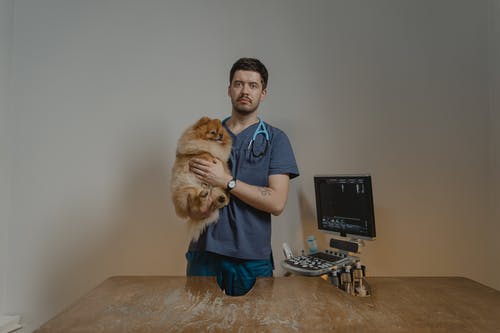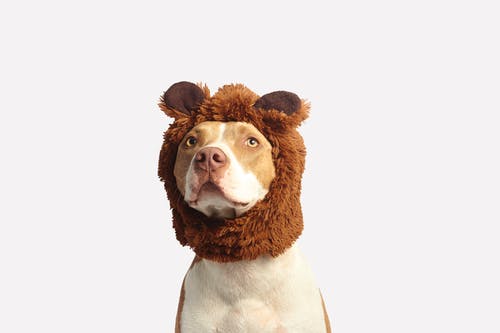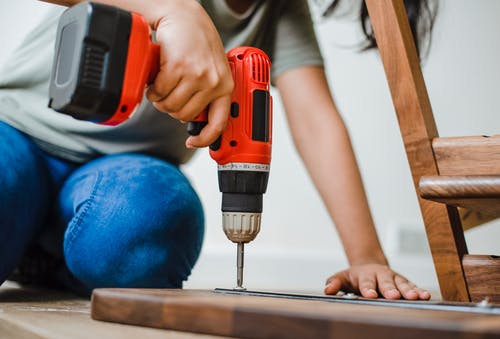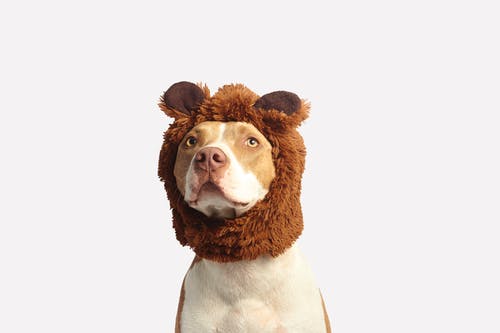Along with the basic treatment you give, your pet requires specialized dental and oral treatment from a licensed vet. Many dogs and cats display signs of oral health problems between the ages of three and four years old. If you notice any inconsistency from typical tidiness, you must take your pet to the vet promptly for a comprehensive checkup, rather than waiting for the yearly or semi-annual checkup. Here are some reminders to know the importance of dental care for pets.
Advantages of Better Dental Hygiene in Pets
As pet owners, we desire that our pet has a healthy mouth. Oral care for pets includes yearly professional cleanings at the veterinarian’s workplace and regular home care. This page explains why oral care for pets is essential:
Avoid Tooth Loss
The structures that sustain your pet’s teeth can deteriorate over time. Extreme and consistent damage can loosen or lead to the loss of teeth. By focusing on dental care for pets, you may ensure that the structures that support the teeth remain robust and healthy. Your pet’s teeth will stay in position, and they will be able to eat and enjoy more effortlessly after that. Otherwise, your pet may have a problem eating, causing a lack of nutrition or other health issues. After losing their teeth, they will need to withstand a life of suffering.
Avoid Bad Breath
A stinky odor coming from your pet’s mouth after a slobbery kiss shows that microorganisms gather due to inadequate oral treatment. Efficient tooth cleaning can help stop this smell from developing. If not, food particles that stick to their teeth and periodontal will create plaque. Plaque is a filmy material generated by the buildup of bacteria. Frequent cleaning can help remove plaque before it ends up being tartar. Otherwise, you will require special treatment to get rid of the tartar buildup from your pet’s teeth.
Avoid Periodontal Illness
When tartar stays on your pet’s teeth, it can cause inflammation and the condition of the gums. It is likely for the gums to recede from the teeth, leaving the teeth and gums more at risk. This can develop into gingivitis, resulting in tooth loss in your pet. Gingivitis stands for the preliminary stage of periodontal disease. After some time, it can turn into more severe gum disease. Stressing the significance of oral health for pets can stop them from forming gum conditions.
Avoid Pain
Both gingivitis and periodontal disease can cause pain. Dental disease can be unpleasant for both humans and animals. By managing the problem of your pet’s teeth and gums, you can stop oral discomfort. Otherwise, they may not be pleased with eating. Also, they may experience mood swings. Among the indications that your dog has oral disease are:
- Broken teeth
- Loosened teeth
- Poor breath
- Inflammatory or bleeding periodontics
- Rejection to take in food or fluids
- Drooling
Observe these indicators to stop your pet’s pain from aggravating. Your pets may need high-quality veterinary care to ease the pain.
Avoid Organ Problem
Plaque-causing bacteria can get into the bloodstream. Once germs have crossed the body, they can transfer to the heart, liver, and kidneys. This problem is known as bacteremia. Bacteremia can result in organ damage and health problems in your pet. By concentrating on dental treatment for pets, you may guarantee their continued happiness and health. Find a reliable veterinary surgeon to treat your pets in an emergency.










